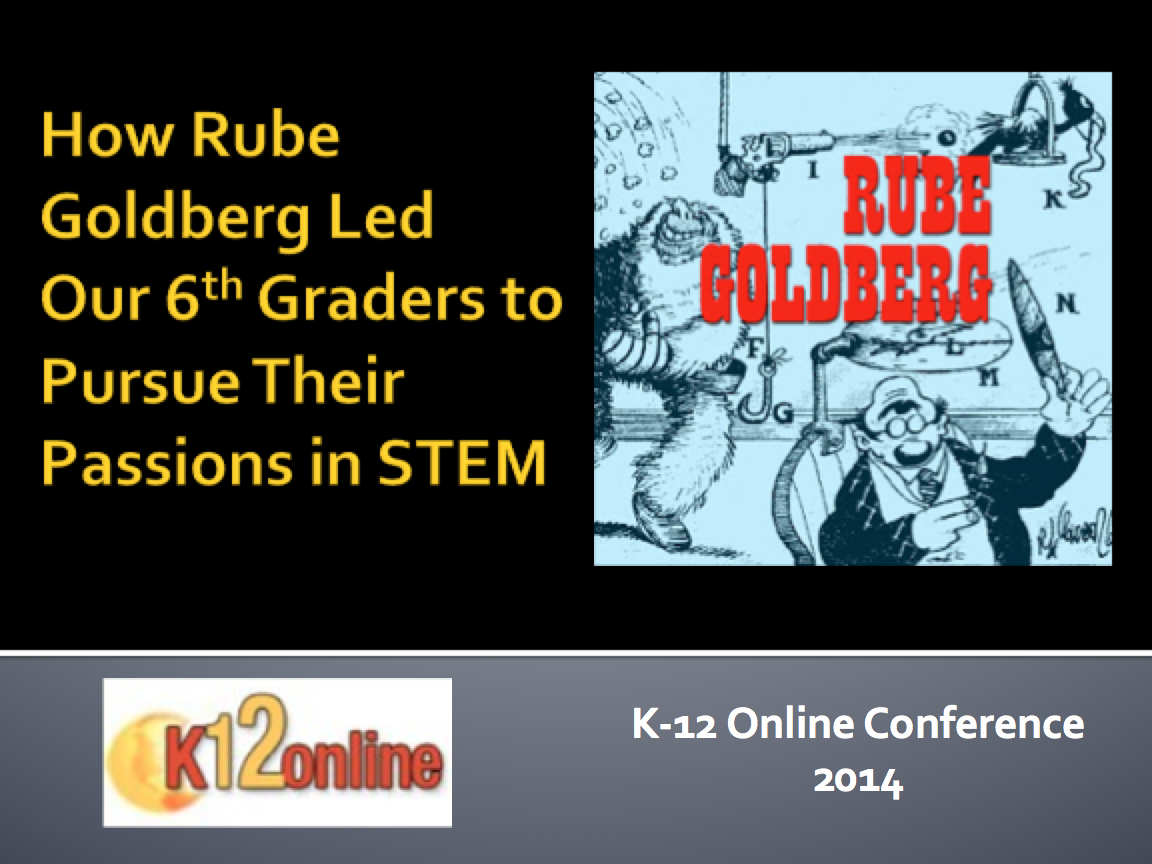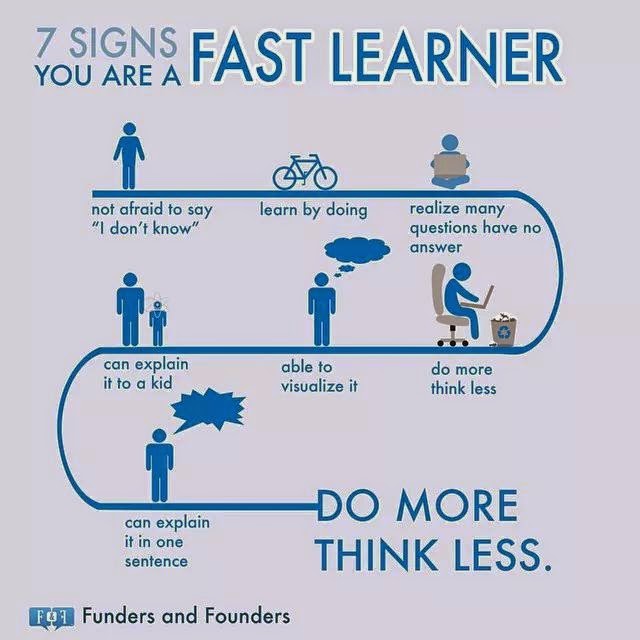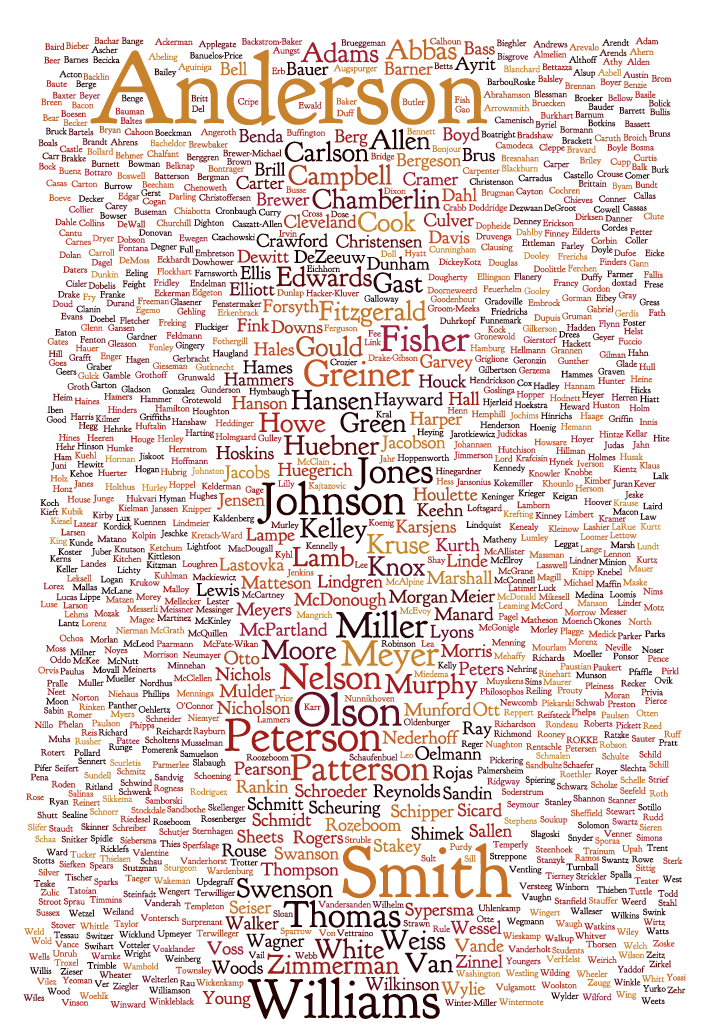
Lots of school districts are launching 1-to-1 initiatives in their schools, but they are necessarily providing the keyboarding instruction that their students need to receive if they are going to get the most out of their new computers.
Some teachers believe that the students need to take a full semester of keyboarding before they should be allowed to touch the computer. Other educators believe that the students already know how to keyboard (albeit Hunt-and-Peck) from all of the computer work they do on a day-to-day basis.
I would like to weigh-in on these issues by providing this brief posting as the framework of my argument and then linking you to my other postings that further explain these points. I will begin by discussing the 3 necessary elements in teaching keyboarding and then discuss how it would be most efficient to teach keyboarding in a school setting:There are 3 basic issues to consider when teaching keyboarding: Accuracy, Speed and Technique (including Ergonomics.) Certainly keyboarding classes worry about proper business letter format but that isn’t keyboarding. That is business communication and technically is irrelevant to the act of keyboarding itself.
Accuracy
The need for accuracy goes without discussion. When someone keyboards, they need to be able to type the correct letters to convey the ideas that they want to share. The method for achieving accuracy is what is up for discussion. There are primarily two methods for knowing how to press the correct key:
- The most obvious method is to look at the keyboard, find the desired letter and press the key. This can be accurate but not too efficient. Everyday you see that students have learned to use the hunt-and-peck method to key but this limits their speed. Speed is ultimately important.
- The more productive method of being accurate is to learn touch keyboarding. This is the method taught in schools. Keyboarders memorize which fingers are used to tap each of the keys. After sufficient practice, this connection becomes automatic and the keyboarders can accurately key without even thinking about it.
Speed
Speed is essential if we want to keep up with our students’ thought processes today. One of the realizations that we need to make is that people use keyboarding differently than offices used typing in the 60s, 70s, 80s and early 90s. Back then, we were training people to type what someone else has written. Often typing pools or executive secretaries would formalize the handwritten letters of their bosses. Today, people use keyboarding for original composition. Whether it is writing a paper, email or Instant Message, there is a flow of ideas coming from the keyboardist’s thoughts that s/he is trying to capture. Poor speed can certainly get in the way here. I don’t know how fast you type, but on a good day I can type 60+ words per minute. That means that I am striking at least 5 keys per second. Even with this speed, I often get frustrated because my thoughts are flowing faster than my fingers can move. I don’t have any research to back this up, but I would guess that hunt-and-peck will limit a keyboarder’s speed to 35 wpm.
Who Touch Types?
http://keyboarding.wordpress.com/2008/02/21/who-touch-types/
Technique
Technique involves the methods that keyboarders should use to optimize their speed and the ergonomics that will lessen physical injuries. This is important and you will be able to read more about it in the articles I am going to recommend from my Keyboarding site. As you probably noticed, I have cataloged the research on this website by the categories in the right-hand column.
You can get a good review of the keyboarding research by reading the White Paper that I wrote for Sunburst and their software, Type To Learn 4. I was also the research consultant for their work. Type To Learn 4 won a national award for excellence in software in 2009.
What are you doing in your schools to teach keyboarding. Have any of you decided NOT to teach your students how to keyboard?






